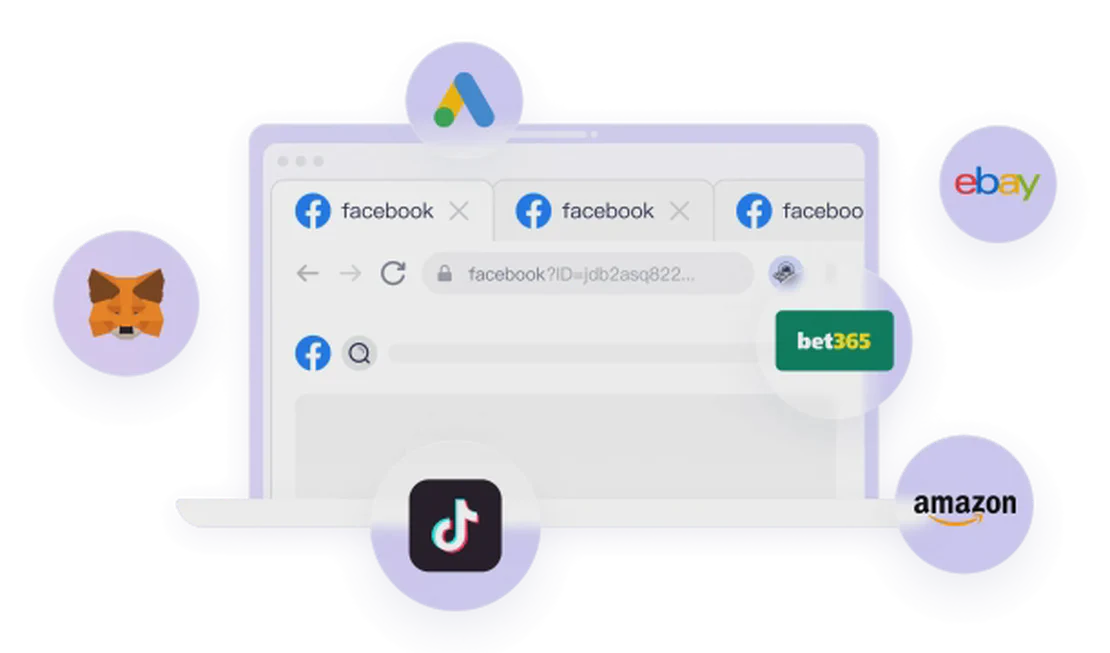10 Questions and Answers about Online Speed Tests
In this guide, we’ll explain every aspect of a speed test through ten common questions, helping you better understand your internet connection quality.
1. What is a Speed Test?
A speed test is an online tool designed to measure the key performance metrics of your current internet connection. This primarily includes download speed, upload speed, latency (ping), jitter, and packet loss.
2. What is Download Speed and why is it important?
Download speed is the rate at which your device receives data from the internet, usually measured in Mbps (megabits per second). It directly affects your experience when streaming videos, loading web pages, downloading files, and gaming. The faster the speed, the smoother the experience.
3. What is Upload Speed and why is it important?
Upload speed is the rate at which your device sends data to the internet. It is crucial for video calls, live streaming, sending large files (like email attachments or cloud uploads), and online gaming. A higher upload speed ensures others can see and hear you clearly and in real-time.
4. What is Latency (or Ping)?
Latency, often called Ping, is the time it takes for a data packet to travel from your device to a server and back, measured in milliseconds (ms). Lower latency means a more responsive network. This is especially important for online gaming and real-time communications that require instant feedback.
5. What is Jitter?
Jitter is a measure of the variation in your latency. If your latency is unstable—jumping up and down—it means your jitter is high. High jitter can cause video calls to stutter and audio to break up, affecting the quality of real-time communication.
6. What is Packet Loss?
Data is broken into small “packets” for transmission over the internet. Packet loss occurs when some of these packets fail to reach their destination. Even a small percentage of packet loss can lead to incomplete web pages, buffering videos, or interruptions in online games.
7. What do my test results mean for daily use?
- HD Video (1080p): Typically requires a download speed of 5-10 Mbps.
- 4K Ultra HD Video: A minimum of 25 Mbps is recommended.
- Online Gaming: Low latency (under 50ms) and low jitter are more critical than high speed.
- Video Conferencing: A stable 5-10 Mbps for both upload and download, plus low jitter, is key.
8. How can I get the most accurate test results?
For the most accurate results, we recommend you:
- Use a wired connection (Ethernet cable) instead of Wi-Fi.
- Close other applications or devices that are using the network.
- Run the test multiple times at different times of the day to see performance during peak and off-peak hours.
9. Why is my speed test result lower than what my ISP advertises?
This can happen for several reasons: Wi-Fi interference, old router or computer hardware, network congestion during peak hours, or the physical distance to the test server. The speed advertised by ISPs is usually the “up to” maximum speed under ideal conditions.
10. How does this online speed test tool work?
When you start the test, your browser connects to a nearby test server. It first downloads a file to measure your download speed, then uploads a file to measure your upload speed. Simultaneously, it records the round-trip time for data to calculate latency and jitter.
Beyond Network Testing: Securing Your Online Environment
A speed test reveals the performance and characteristics of your network connection. In the same way, websites you visit are quietly “testing” your browser and device. They collect information like your browser type, operating system, screen resolution, fonts, and plugins to create a unique “digital fingerprint” for you.
This fingerprint is so precise that platforms can use it to track your activity or link your multiple accounts together. When a platform detects that multiple accounts share the same digital fingerprint, it may restrict or ban them, posing a huge risk for multi-account management.
FlashID was created to meet this challenge. As a professional fingerprint browser, FlashID creates a completely isolated and authentic virtual environment for each browser profile. This means you can manage hundreds of accounts on the same computer, and to the platform, each account appears to be operating from a separate, real device. This effectively prevents problems caused by environmental association, making it the ultimate solution for protecting your digital identity and conducting multi-account business.
You May Also Like
